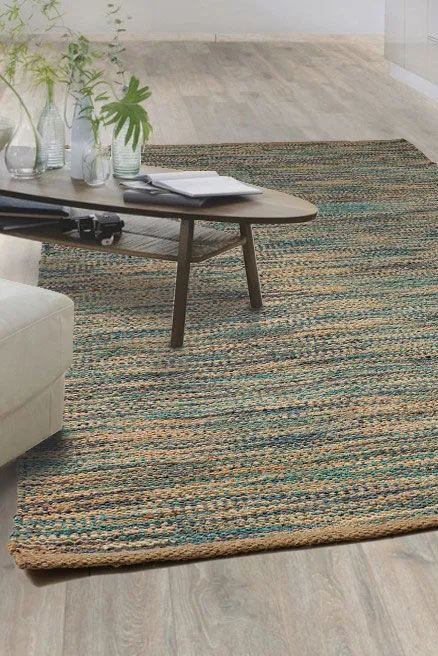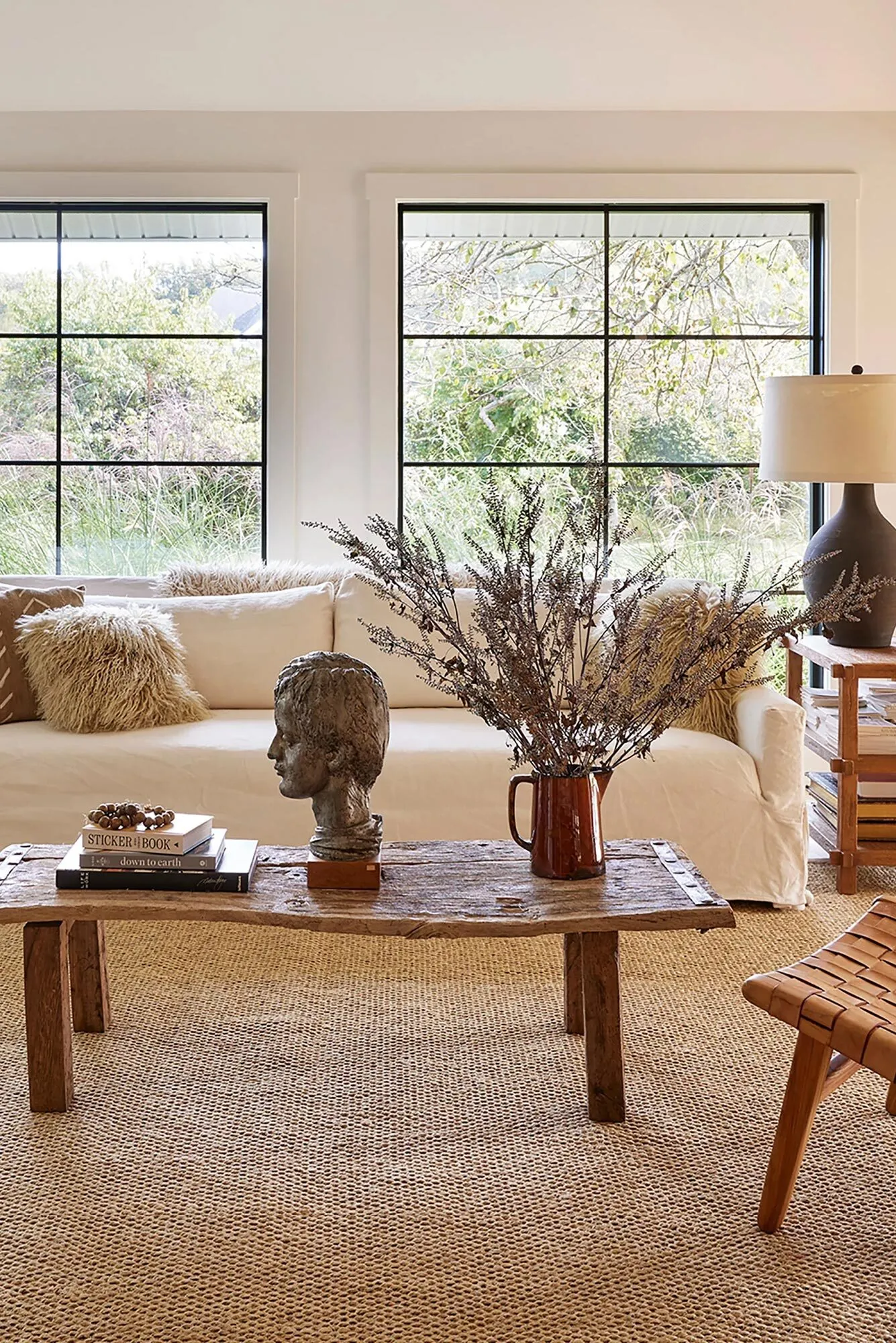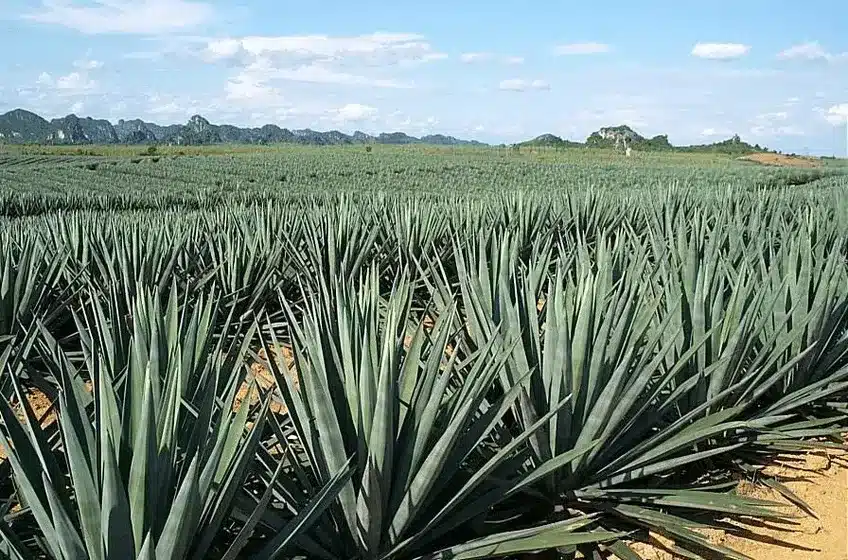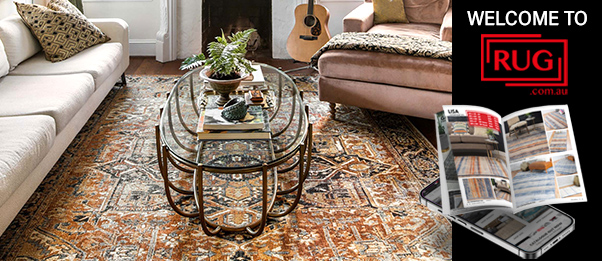Seagrass vs Sisal vs Jute Rugs: What’s The Difference?
Seagrass vs sisal vs jute rugs: what are the main differences?
Natural fibre rugs are a staple in modern home decor designs – featuring neutral colour schemes and textures, an “au naturale” vibe, and a luxurious, hand woven quality, natural fibre rugs are a must-have item for contemporary, eco-friendly homes.
Natural fibre rugs are made from sustainable fibres like jute, seagrass, and sisal – all fast growing crops that are simple to harvest all year round. Considering 73% of millennials are willing to invest more for sustainable products (including home decor), it’s clear jute, seagrass, and sisal are such popular choices.
But what are the main differences between jute, seagrass, and sisal rugs? What fibres and weaves will look best in your home? In this blog, we compare the three styles for your benefit so you can make the best choice of ethical floor art for your home.
Seagrass Rugs
.webp)
Image: Cool Green Science
Seagrass grows all over the world, but the grass used to make seagrass rugs is traditionally grown underwater in Asia’s wetlands including China’s saltwater paddies and other areas of the Pacific Rim. The seagrass is collected, cleaned, and dried, then woven into strong yarn.
Seagrass rugs differ from sisal and jute rugs because the fibres are grown underwater. The saline in seawater gives seagrass a natural wax-like coating, a smooth texture, and a natural sheen - making it resistant to water, spills, and dyes.
While you won’t find seagrass rugs in wonderfully vibrant colours like jute and sisal, your seagrass rug will be super resistant to stains - perfect for accident and spill-prone homes that have little ones running around.
Match your seagrass rug with timber or cane furniture, glass top coffee tables, and macrame wall art for a relaxed atmosphere in your living room, or place seagrass rugs in the high traffic areas of your home, like the hall or entryway. These attractive rugs can take the heat!
Jute Rugs
.png)
Image: Wikipedia
Jute is a vegetable fibre grown in tropical, high humidity countries like India, Bangladesh, Nepal, and Myanmar. Jute can also be manufactured in Pakistan, but around 90% of all jute fibres are grown in Bangladesh. Jute loves and needs the moisture to grow - it doesn’t need lots of fertiliser or pesticides at all, making it one of the most eco-friendly fibres you can find on the market.
The actual production of jute fibres is time-consuming - the reeds are cut, bundled, and then soaked in water for long periods of time to separate and loosen the fibres (this method is called biological retting). Finally, non-fibrous matter is scraped away, softening the remaining fibres for weaving.
It’s 100% biodegradable, recyclable, durable, and chemical-free - naturally.
So what’s the main difference between jute and seagrass?
Jute is soft like cotton and other common fabrics, which means it can soak up colourful dyes and feature intricate, vibrant designs. However, when it comes to sisal vs jute rugs, sisal is a much coarser and durable fibre - ideal for outdoor entertainment areas and homes with pets.

Consider surrounding your neutral-coloured jute rug with indoor plants - the greener and leafier the better! Alternatively, if your living space needs a pop of colour, consider picking up one of our colourful patterned rugs and match it with beautiful cushions and throw blankets.

Lidia Sisal Flatweave Border Rug
Sisal Rugs

Image: AgriHunt
Sisal is a long, stiff, and rugged fibre made from the agave plant which is traditionally found in Southern Mexico. However, most sisal is now grown in East Africa and produced in Belgium. While the agave plant has long, sword-like leaves, it seems to grow longer and finer in Africa, making it easier to produce and also easier to colour with natural dyes.
When comparing sisal vs jute rugs, the main difference is their texture and durability. Sisal is a stiffer fibre and feels coarse underfoot, making it the ideal fibre for outdoor rugs, entryways, hallway runners, and homes with pets. Jute, on the other hand, is soft and works better in living rooms and bedrooms.
Compared to seagrass, sisal has the advantage of being able to be dyed. Sisal rugs can come in bright colours and intricate designs, so you can easily find something to match your home decor perfectly.

Sisal Rubber Back Flatweave Rug
Sisal rugs have a rougher, hairier texture to jute and seagrass rugs, so make sure to match your sisal rug with timber or cane furniture, indoor plants, and faux fur throw rugs and pillows. Alternatively, display your new sisal rug on your deck or outdoor entertainment area - place it under your outdoor dining table and keep the timber deck protected from high traffic in summer.
The Difference Between Jute and Sisal Rugs
If you're deciding between jute and sisal rugs, it's important to understand the key differences between these two popular natural fibre options. Both are derived from plant sources, biodegradable, and eco-friendly, making them excellent choices for environmentally conscious buyers.
However, the differences between jute and sisal lie in their texture, durability, maintenance requirements, and ideal use cases around the home. Understanding these variations can help you select the most suitable rug for your lifestyle and interior design style.
Durability and Texture Comparison
When it comes to durability, sisal is the stronger and tougher fibre. Derived from the agave plant, sisal's long, coarse fibres hold up exceptionally well under foot traffic, making it the preferred choice for high-traffic areas like hallways, entries, and even outdoor decks.
In contrast, jute is much softer and has a texture more comparable to wool or cotton. While this makes jute rugs wonderfully soft underfoot—ideal for bedrooms, nurseries, and quiet lounging areas—it also means they are more prone to wear and tear over time.
Appearance and Dye Compatibility
Jute has a natural golden hue and takes dyes well, which allows it to be crafted into richly coloured or patterned rugs. This makes jute an excellent choice if you want to incorporate bold prints or colour themes into your décor.
Sisal, on the other hand, has a natural creamy beige appearance and a fine, even texture. It can be dyed, but not as vividly as jute. Sisal rugs often feature subtle patterns and monochrome tones, giving them a more subdued and minimalistic aesthetic that aligns well with Scandinavian or coastal interior designs.
Cleaning and Maintenance
Cleaning needs vary significantly between jute and sisal. Jute rugs, due to their soft and absorbent properties, are more susceptible to staining and are best kept away from kitchens or entryways where spills may occur.
Sisal rugs are more resilient but still should not be soaked with water, as excessive moisture can damage the fibres. Vacuuming regularly and blotting up spills quickly is recommended for both rug types. Sisal’s coarser build makes it slightly more forgiving when it comes to dirt and debris—another reason it is well-suited to busy households.
Best Use Cases for Jute vs Sisal Rugs
The difference between jute and sisal rugs becomes very clear when thinking about where they should be placed in the home. If you’re styling a living room, bedroom, or reading nook and crave softness underfoot, a jute rug brings comfort and aesthetic charm without sacrificing eco-friendly appeal.
Conversely, if you’re decking out a mudroom, front hallway or outdoor patio that sees plenty of foot traffic, a sisal rug will offer the rugged durability you need while still maintaining a natural look.
Environmental Impact and Sustainability
Both jute and sisal are lauded for their minimal environmental impact. Jute grows quickly and requires little in the way of pesticides or fertilisers. It is one of the most sustainable crops in the world due to its fast-growing nature and full biodegradability.
Sisal is similarly eco-friendly; its production process is low-impact and the fibres are fully compostable post-use. For those looking to decorate responsibly, either rug type will reinforce a greener footprint. Nonetheless, if biodegradability and softness are your top concerns, jute may slightly edge out sisal; if longevity and resilience win your vote, sisal will serve better over time.
FAQs about Jute vs Sisal Rugs
Which is softer, jute or sisal?
Jute is significantly softer than sisal, making it better suited for areas where comfort is key, such as bedrooms or quiet sitting areas. Sisal is stiffer and rougher underfoot, which is why it's more often used in durable, functional spaces.
Are jute rugs more eco-friendly than sisal?
Both jute and sisal are considered sustainable. Jute has a slight edge due to its fast-growing cycle, minimal need for chemicals, and efficient harvesting methods. Sisal is also sustainably grown and 100% biodegradable, but with a longer production process.
Can I use a jute or sisal rug outdoors?
Sisal rugs can be used in covered outdoor spaces such as patios and verandas, although they still require protection from excessive moisture. Jute is not recommended for outdoor use due to its absorbent nature, which makes it vulnerable to stains and mildew.
Do sisal rugs shed more than jute?
Sisal rugs are more prone to visible shedding or fibre loosening over time, especially in high-traffic conditions. Jute rugs also shed, particularly when new, but their shorter, softer fibres make it less noticeable.
Which rug is better for homes with pets?
Sisal rugs are the better choice for pet owners. Their coarse texture and durability make them more resistant to scratching paws and daily mess. Jute is softer and more delicate, which means it can wear faster in homes with active animals.
Find the right seagrass, sisal or jute rug for your space at RUG.com.au
Now you know the big differences between seagrass, sisal, and jute rugs – so now it’s time to choose which one is best for your home!
If you’re looking for bright colours and patterns, we recommend choosing a jute or sisal rug from our online store. We have mountains of natural fibre rugs in unique and intricate designs. You’re sure to find something stunning for your home decor design.
If you’re looking for a durable, long lasting rug for the high traffic areas in your home, we recommend a seagrass or sisal rug. Jute can take moderate traffic, but seagrass and sisal are the superior choice for busy homes!
Which rug will you choose? Shop online now – we have free shipping on orders over $300 and flexible payment methods like Zippay and Afterpay.

